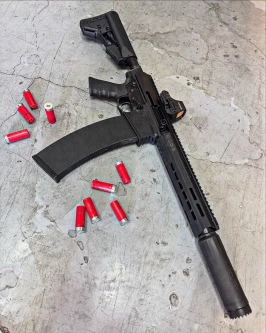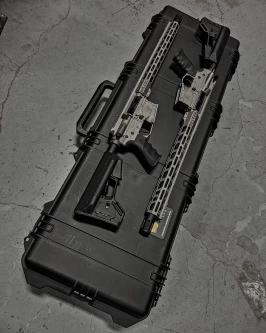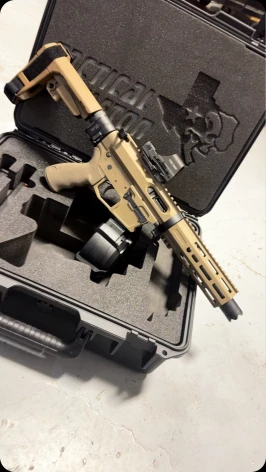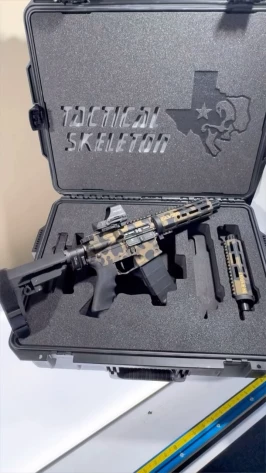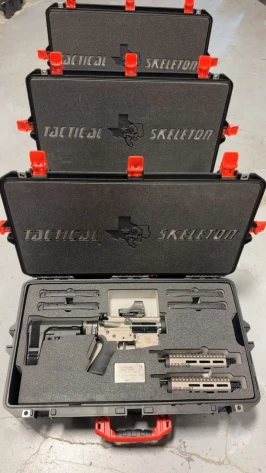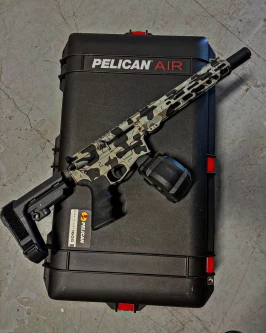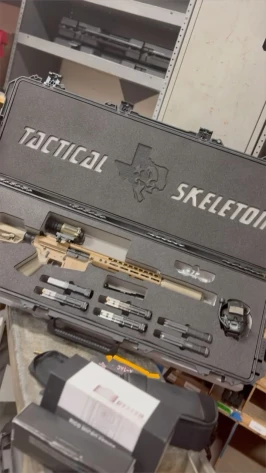Long-range shooting, also known as precision shooting, is a demanding but rewarding discipline that requires practice, knowledge, and specialized equipment. If you’re interested in learning the basics of long-range shooting, here are the key concepts you need to know.
Understanding Ballistics: One of the most important concepts in long-range shooting is ballistics. This refers to the behavior of a projectile in flight, including factors such as velocity, trajectory, wind drift, and terminal performance. Understanding ballistics is essential for making accurate shots at long range. You can learn about ballistics through books, online resources, and courses, and practice with ballistic calculators and software.
Choosing a Rifle: The rifle is the foundation of any long-range shooting setup. There are many factors to consider when choosing a rifle, including caliber, barrel length, action type, trigger, and stock. Bolt-action rifles are the most popular choice for long-range shooting due to their reliability, accuracy, and ease of maintenance.
Selecting a Cartridge: The cartridge, or the ammunition used in the rifle, also plays a critical role in long-range shooting. You should choose a cartridge that is accurate, has a high ballistic coefficient, and is able to maintain energy and velocity at long range. Popular long-range cartridges include 6.5 Creedmoor, .308 Winchester, and .300 Winchester Magnum.
Optics: A good rifle scope is essential for long-range shooting. The scope should have high magnification, adjustable turrets, a reticle that matches the cartridge trajectory, and be able to handle recoil. You may also want to consider a spotting scope for observing impacts on the target.
Range Estimation: Accurately estimating the range to the target is crucial for making accurate shots. You can use a rangefinder or estimate range using features of the landscape or target. There are also rangefinder reticles that can help you estimate range based on the size of the target.
Wind Reading: Wind can have a significant impact on the trajectory of a bullet, particularly at long range. You should learn to read wind speed and direction using a variety of indicators such as flags, trees, mirage, and dust.
Practice: Long-range shooting requires a significant amount of practice to master. You should practice regularly at the range or in the field, starting with shorter distances and gradually increasing range as your skills improve. Practicing in different weather conditions and terrain will also help you build experience and confidence.
In conclusion, long-range shooting requires knowledge, skill, and specialized equipment. By understanding the basics of ballistics, choosing a rifle and cartridge, selecting optics, estimating range, reading wind, and practicing regularly, you can become an accomplished long-range shooter. Remember to always prioritize safety and follow proper procedures when handling firearms.
